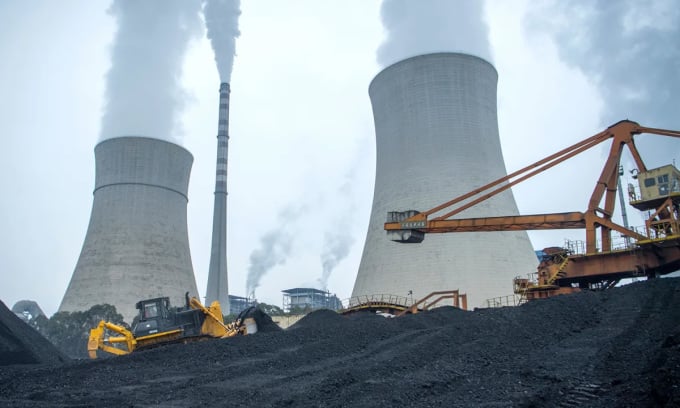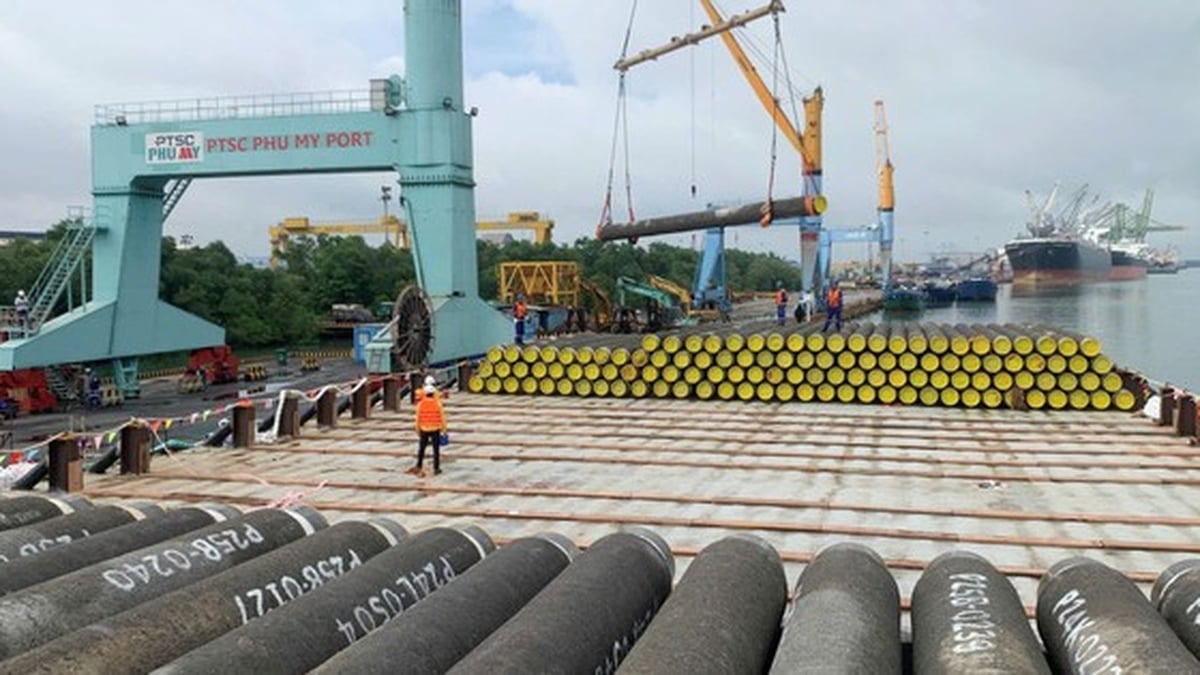China is the world's largest emitter of greenhouse gases, and its carbon neutrality is often seen as crucial to the future of the planet.

Bulldozers push coal onto a conveyor belt at the Jiangdu Power Plant in Sichuan Province, China, Jan. 28, 2022. Photo: Liu Zhongjun/China News Service
Emissions
In 2021, China emitted 14.3 billion tonnes of carbon dioxide equivalent (CO2e - a measure of all greenhouse gases), according to the Potsdam Institute for Climate Impact Research. That makes China the world's largest emitter today, although when historical emissions are taken into account, it still trails the US. According to the International Energy Agency (IEA), there is no "reasonable path" to keep warming to 1.5 degrees Celsius above pre-industrial levels - the target set at the 2015 Paris climate summit - without China.
Emission source
Coal is the biggest contributor to China’s CO2 emissions because of its large role in electricity generation. Nearly 50% of CO2 emissions come from the power sector, while the country still relies on coal for about 60% of its electricity, according to the IEA. Industry accounts for about 36% of carbon emissions, transport for 8% and construction for about 5%.
China is adding renewable energy sources at a record pace, especially solar power. It is currently targeting 230 gigawatts of wind and solar capacity this year, more than double the capacity installed in the US and Europe combined.
To date, additional capacity has met much of the growing demand. The additional capacity, including hydropower, is expected to help China reduce its carbon emissions by 2024.
China's climate goals
In 2020, Chinese President Xi Jinping pledged that the country would aim to peak its carbon emissions by the end of 2030, and achieve carbon neutrality by the end of 2060. In 2021, Xi pledged to halt financing and building new coal plants overseas, and released a new five-year plan with major energy and carbon targets.
China has pledged to reduce its carbon emissions per unit of GDP by more than 65% since 2005 and set a new target for installed wind and solar capacity of more than 1,200 GW by 2030. According to the International Renewable Energy Agency (IRENA), as of 2021, the country had an installed capacity of 1,056 GW, far surpassing the second-placed US with only 345 GW.
China also announced plans in November to control methane emissions, though it did not set a specific target. The country has yet to sign a global commitment by the United States and the European Union to cut methane, which has a shorter lifespan than CO2 but is more harmful.
Thu Thao (According to AFP )
Source link






































































































Comment (0)